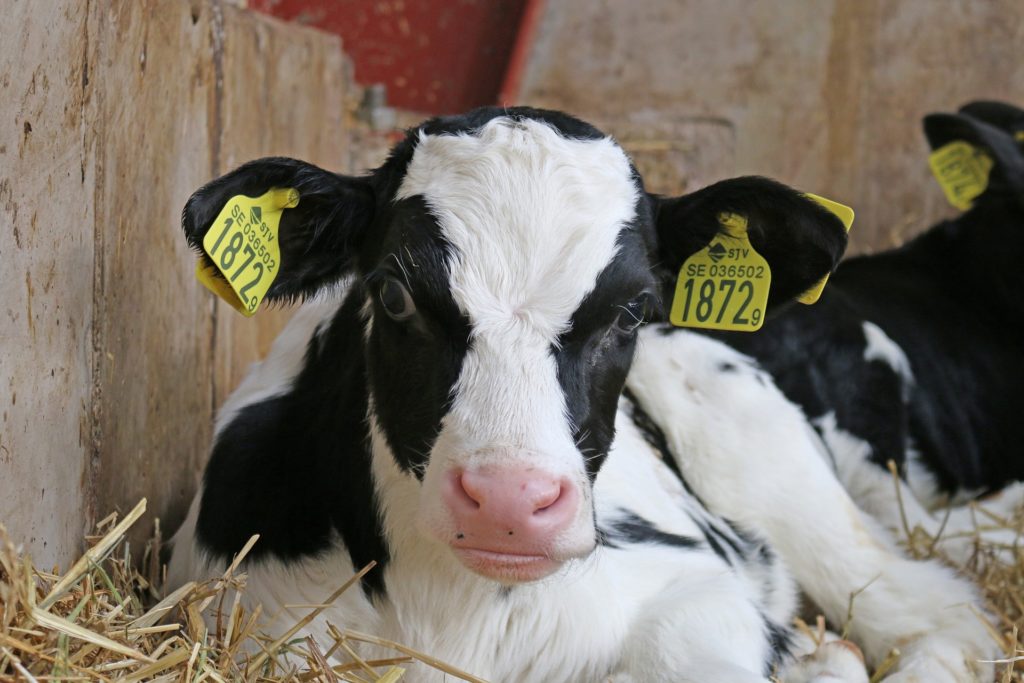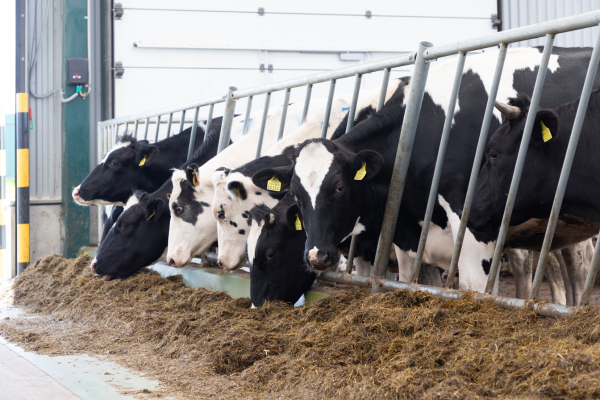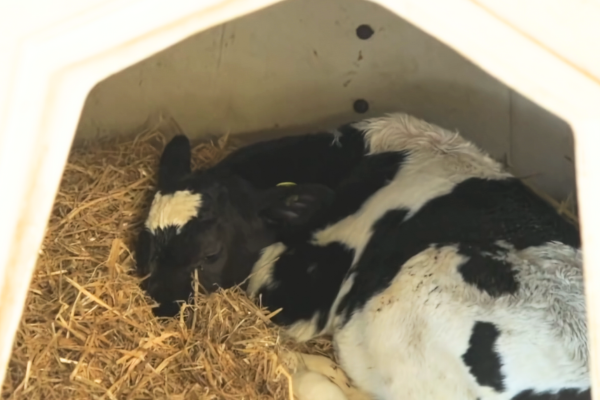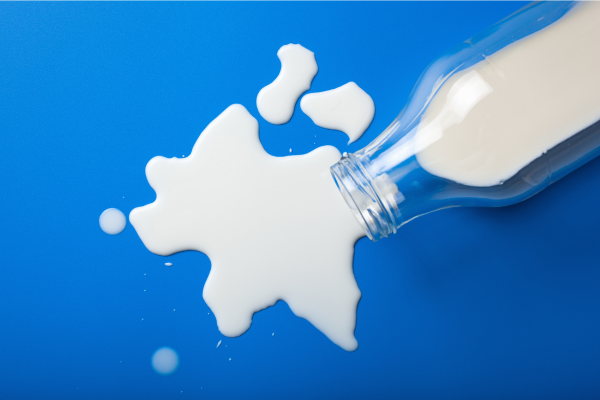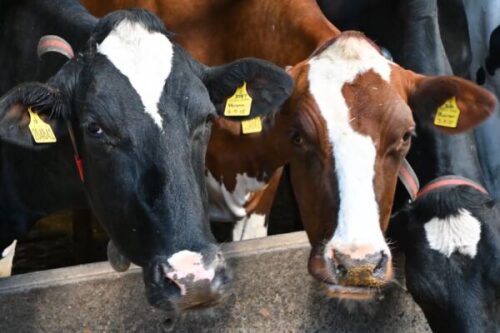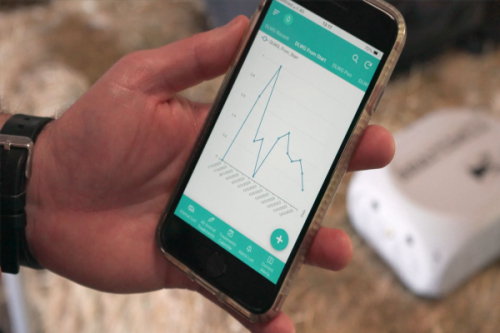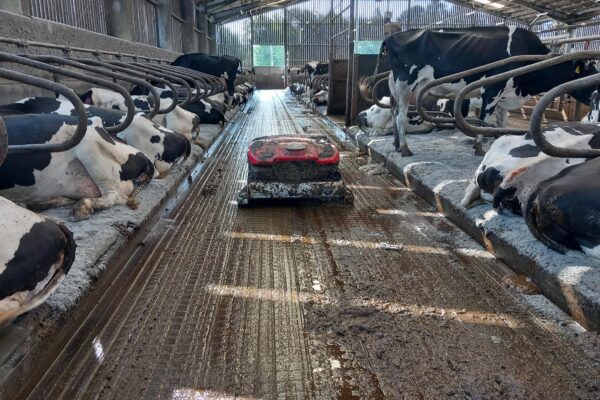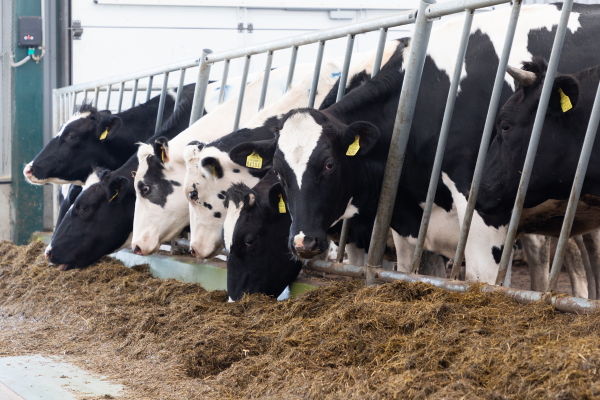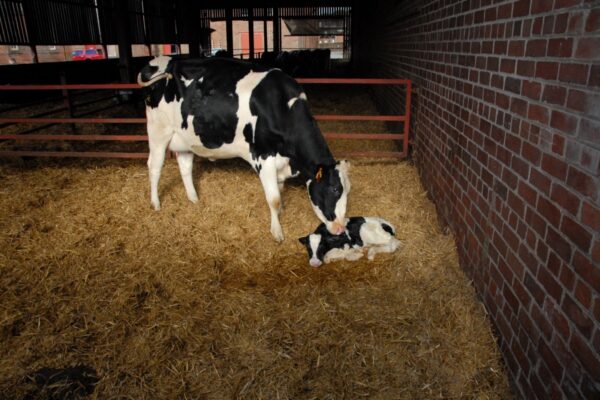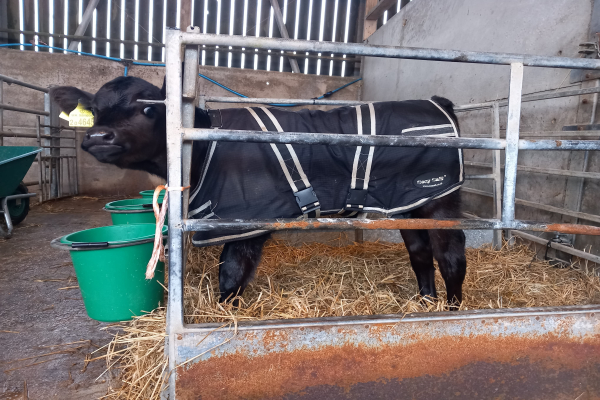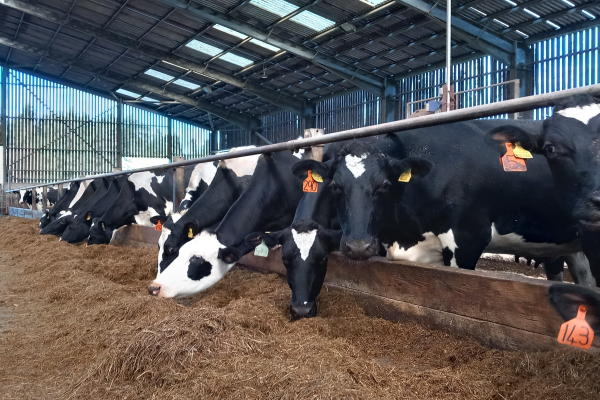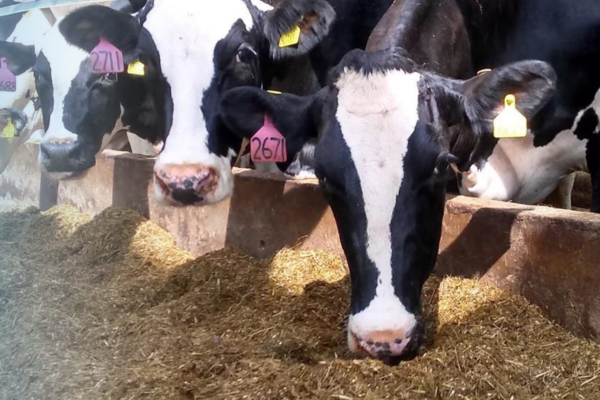The Benefits of Whole Milk for Calves
28 August 2025Feeding dairy replacement heifer calves on saleable whole milk is less common than using calf milk replacer (CMR) but seems to be growing in popularity. While there are a number of good reasons for using CMR, the main one being reduced disease risk to the calf, there are many benefits of feeding whole milk (as well as transition milk).
It's not Recommended you Feed Non-Saleable Milk
While feeding non-saleable milk (high somatic cell count, antibiotic or mastitic milk) is the cheapest option, it is not recommended due to the potential downsides to calf health. Mycoplasma bovis is particularly a risk when feeding mastitic milk as this bacterium can be a cause high cell counts and mastitis. There is also evidence to suggest that calves fed milk containing antibiotic residues can go on to develop resistance, meaning that any future treatments with antibiotics may be less effective. Antibiotics in milk can also cause damage to the calves’ healthy gut bacteria.
What to Consider Before Feeding Whole Milk
Knowing the disease status of the herd is critical. If in doubt discuss this with your vet. Pasteurisation will greatly reduce the bacterial load in whole milk but cannot guarantee safety. Pasteurisation is not sterilisation and will not completely eliminate the transfer of diseases such as Johne’s to the calf.
While the consistency of whole milk can vary depending on the days in milk of the herd or which cows it is taken from, it is likely to be of higher fat and protein content compared to many CMR’s. If whole milk is on average 4% fat and 3.3% protein, then the equivalent on a dry matter basis is 32% fat and 26.4% protein (assuming the dry matter content of milk is 12.5%). This is a good bit higher in fat compared to many CMR’s and therefore higher in energy.
Whole milk also contains natural bioactive compounds such as enzymes, hormones and growth factors which have beneficial effects on gut health and development. The concentrations of these are higher in transition milk and the benefits of feeding transition milk to calves in terms of gut health and growth rates are well documented. Assuming transition milk (from milkings 2-6) contains no antibiotics, it is a fantastic feed (and non-saleable!) for young calves, assuming disease transfer risk is low.
Feeding Hygiene is Critical
This is especially true if milk is sitting for a while after collection before being fed. If not refrigerated, it should be fed quickly after collection as bacteria can double in numbers every 20 minutes. Collection, storage and feeding equipment should be cleaned and sterilised after every use.
The Impact at SRUC’s Barony Campus Dairy Herd
SRUC’s Barony campus dairy herd at Dumfries has seen the benefits of feeding whole milk. All calves receive 4 litres of quality tested colostrum by a stomach tube. After that, they are fed 3.5 litres twice a day of transition/whole milk, which is collected in a milk taxi. All transition milk is fed and whole milk is used to make up what is required from the most recently calved cows. This maximises the benefit from the vaccines given to the cows at drying off to prevent rotavirus and cryptosporidium in the calves. The health of the calves is excellent, and out of 130 calves born over the last four months, only one calf has been treated for scour and zero cases of pneumonia.
Calves are gradually weaned over a two-week period which starts when the youngest calf in the group is 10 weeks of age. Over the last few months, daily live weight gain from birth to weaning has averaged between 0.85 and 0.95kg/day.
Key Considerations before Making the Switch
- Compare the milk price with the price of CMR
- Do a cost-benefit analysis between the benefits to calf health and growth vs the cost of feeding saleable milk.
- Consider the logistics around collecting, storing, and feeding whole milk to keep it hygienic and a low-disease risk
Taking these three considerations into account will help you identify whether feeling your calves whole milk is the best decision for your business at the moment. Remember however that these conditions can change, and therefore it might be good to revisit these questions every so often, or if there is a big change in calf performance, milk price, or the cost of CMR.
Lorna MacPherson, SAC Consulting, lorna.macpherson@sac.co.uk
Sign up to the FAS newsletter
Receive updates on news, events and publications from Scotland’s Farm Advisory Service

